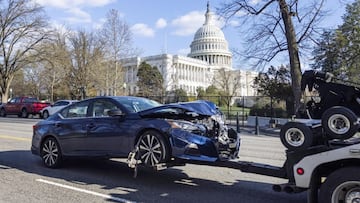Which states allow a lower rate of alcohol for drivers? Traffic fines and penalties
Like much of the law in the US, individual states have different rules regarding the legal blood alcohol concentration limit for driving under the influence.


Driving under the influence (DUI) is a serious offence, with strict laws in place to deter individuals from operating vehicles while impaired. However, nuances exist among states regarding the legal blood alcohol concentration (BAC) limit and corresponding penalties for offenders.
Currently, all US states enforce a legal BAC limit for drivers, nearly all set at 0.08%. However, one state has implemented laws allowing a lower BAC threshold.
The state with lower alcohol-drink driving thresholds
The state is Utah, which made headlines in 2019 by lowering its BAC limit for drivers to 0.05%, the strictest in the nation. This move aimed to enhance road safety and reduce alcohol-related accidents. Consequently, drivers in Utah face penalties even if their BAC is below the 0.08% threshold enforced elsewhere in the country.
A federal study found that Utah’s fatal crash rate fell by nearly 20% compared to three years before the new rules. This level brought the state’s drink-driving limit in line with Australia, France, and italy.
Related stories
“As our study shows, changing the law to .05% in Utah saved lives and motivated more drivers to take steps to avoid driving impaired,” Steven Cliff, the agency’s deputy administrator, said in a news release.
Moreover, individuals under the legal drinking age face stringent regulations regarding alcohol consumption and driving. All states implement a “zero-tolerance” policy, prohibiting any detectable amount of alcohol in the system of drivers under 21 years old. Violators of these laws often incur severe penalties, including fines, mandatory alcohol education programs, and license suspensions.

